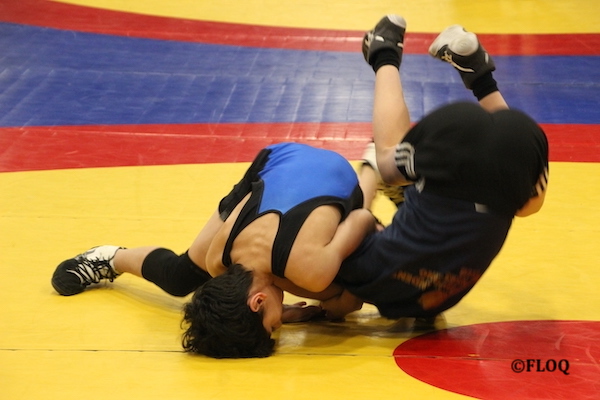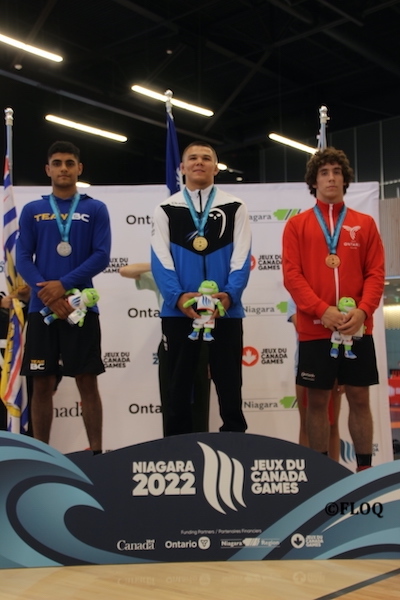Wednesday November 22nd 2023
“It takes a village to raise a child” as the saying goes. This is never more true than in a sports environment as many people are often involved in the success of an athlete. From the coach and their IST, to the parents and family members who get involved. Like a child, an athlete will progress throughout the various stages of their development as they move on towards greater things. Each step that they go through will play a vital role and influence the athlete for years to come.

Athletes can start very young: it’s important to instil good habits in them
I’ve often thought about this concept of collaborative coaching. While I coach at the National Training Centre, my primary focus is as a youth development coach. I take part in the initial stages of development and I begin the process of raising that athlete. Common wisdom suggests that when my athletes get to a certain level, I’ll hand them off to the next coach in order to complete their development. However, my situation is slightly unique in that I don’t just hand my athletes off to another coach. Rather, like a village, another coach enters into the equation to help with their development. In short, our system is such that we can keep following our athletes and from what I can tell, that isn’t vey common.
Thus, the coaching ecosystem becomes larger, the village bigger. Each coach will continue to add their input, thereby giving the athlete the best possible chance for success. This isn’t the same everywhere as in some other clubs I’ve seen, the coaches will just try to monopolize the athlete for themselves, without accepting any help from other people. For whatever reason or another, they want to be solely responsible for the success of the athlete and won’t accept any help from anyone else. They may even actively contradict another coach so that they may influence that athlete to stick with them. I think that in this case, ego is involved and it comes at the detriment of the athlete.

As the years go by, the athlete will hopefully experience some success
The crazy thing about this, is that I understand where they might be coming from. As coaches, we all want to be in the corner, helping our athletes to achieve their personal best. We want to see the fruits of our labour come to bear and we want to be there to experience it firsthand. In that sense, our intentions are good since most of us, even at the high performance level are volunteers so our motives aren’t for ulterior purposes, such as money. However, even the most capable of us should realize that from time to time, an athlete may need a fresh perspective and that getting another perspective from another coach may help the athlete to get over that hurdle.
This gets back to the concept of the village helping to raise the child. While the coach can be seen as the primary person that the athlete will go to, the other coaches will help to form the extended support system and in my mind, it’s not only helpful but necessary. For some time now, I’ve come to see the value of having an assistant coach as well as this support system. This has come from the fact that for the longest time, I’ve been sort of obligated to do it all on my own. This has meant that in order to develop athletes in this larger support system, it meant that only athletes that I could bring to the National Training Centre would be able to benefit from this collaborative coaching. This is all fine and good for athletes that have the skill and can adapt to that level of training but not all athletes are destined for high-performance. Therefore the bulk of their development will be done at the school practices.

One major accomplishment for an athlete would be to win a major competition
When you have a small team, this is not a problem. However, in some years, my team has been quite large. While this is a good problem to have, it does mean that some athletes may got lost in the shuffle. Once again, it may be difficult to develop these athletes if you’re by yourself. This returns to my concept of building an athlete from the ground on up. As the bulk of their development will be done in those high school practices, it would stand to reason that a larger group of coaches could only be beneficial. It takes a village to do this and in this case, the concept of the village is appropriately apt.

